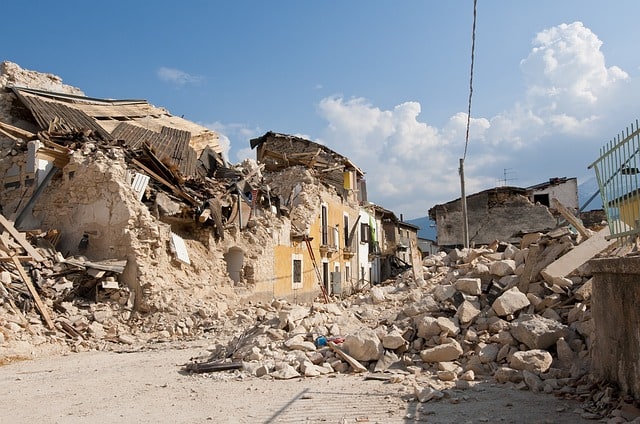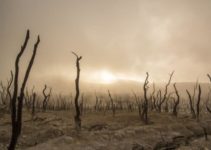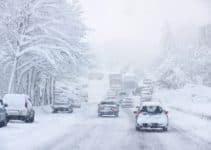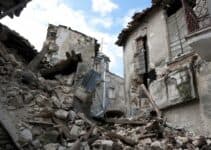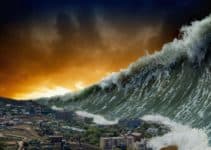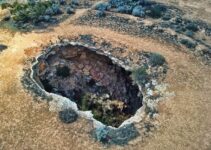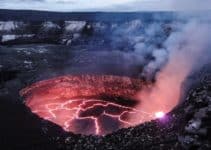Experiencing earthquakes has been a very frightening encounter for many of us. In fact, whenever we feel the earth shaking, our utmost desire is for it to cease without causing further harm.
Aside from being horrified by the experience, the after-effects of an earthquake are very alarming, just like tsunamis.
You hear appalling stories about how one place has been devastated in a snap because of earthquakes. But regardless of how we hope it won’t happen again, the occurrence of earthquakes is something we are not in control of. It can happen anytime and hit places lying within the fault lines.
Earthquakes are among the many natural calamities that have caused devastation to properties and claimed thousands of lives over the years. In fact, according to statistics, about 35 earthquakes occur every day and about 12000 to 14,000 yearly. Some are felt, others not. But either way, they can be dangerous.
Even worse, besides devastating properties and buildings, earthquakes can trigger a tsunami that can uproot populations or lead to loss of lives.
Unfortunately, earthquakes have no warning signs and often find people unprepared, perhaps one reason their mortality rate remains high.
What Causes Earthquakes?
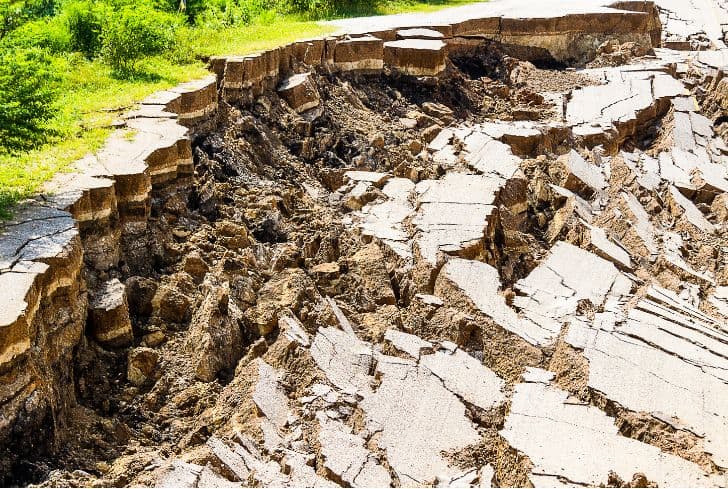
An earthquake is an announced or sudden tremor of the earth due to movements within the earth’s crust or volcanic eruptions. To understand earthquakes better, let’s look at how they build up.
The earth’s crust comprises a solid core, mantle (molten magma), and tectonic plates. Tectonic plates constantly move due to convection currents from molten lava inside the earth’s crust.
This constant movement leads to either the plates sliding against each other or drifting away from each other. Now, these interactions and the drifting apart of tectonic plates underneath the earth are perceived by living organisms, humans included.
The constant movements have even led to the formation of mountains and valleys. When these plates move against each other, there is a point where they interact. In geological terminology, this meeting point is known as a fault line.
This fault line is sometimes known as a fracture in the earth’s crust. The moment the plates begin to move, the potential energy, commonly known as stored energy, is released from the meeting point, known as the hypocenter. The outcome is an earthquake.
Tectonic plates in the ocean are called oceanic plates, while those in continents are continental plates. With the movement of these tectonic plates, energy is formed and can be released once these plates meet in the so-called fault line. The intensity of this released energy determines that of the earthquake. One can feel the earth shaking once energy is released from the earth’s crust.
On a few occasions, earthquakes have foreshocks. Foreshocks are smaller version of earthquakes that occur in the same area as the bigger earthquakes that ensues.
Up until the present, scientists have lacked the ability to discern whether an earthquake is a foreshock until an actual earthquake transpires. The subsequent authentic or larger earthquake is referred to as the mainshock.
Mainshocks, on numerous occasions, are followed by an aftershock. Aftershocks are a collection of small earthquakes that happen after the main earthquake. Depending upon the magnitude of the mainshock, aftershocks may continue to happen for weeks, months, or even years.
For earthquakes to occur, energy is released from a focal point. This point is called the epicenter and is usually found at shallow depths from the earth’s surface. From the epicenter, seismic waves are produced and sent out in all directions. Seismic waves then travel at varying speeds depending on the kind of material they go through.
Types of Earthquakes
There are several types of earthquakes. Some of them include:
1. Tectonic Earthquakes
The earth’s crust is composed of loose, cracked fragments of land referred to as tectonic plates. These plates are capable of moving slowly and gradually.
The movement of these plates occurs in different forms;
- Towards each other
- Away from each other
- Sliding past each other
- Colliding with each other
A huge tremor occurs when 2 moving tectonic plates slide over one another. This type of earthquake is known as a tectonic earthquake.
Tectonic earthquakes are the most prevalent, and their magnitude can be small or large. They’re to blame for most of the planet’s mass destruction. Tremors triggered by tectonic earthquakes are always severe, and if their magnitude is high, they can bring down an entire city in seconds.
2. Volcanic Earthquakes
Compared to tectonic earthquakes, volcanic earthquakes are less prevalent. They typically take place before or after an eruption.
Volcanic earthquakes come in two forms:
- Volcano-tectonic earthquakes
- Long-period volcanic earthquakes
Volcano-tectonic earthquakes usually happen after a volcanic eruption. Magma erupts from inside the earth’s crust during an earthquake, leaving a space that must be filled. To fill it, rocks move toward the space resulting in severe earthquakes.
On numerous occasions, magma blocks the vents during volcanic activity. This means that high pressure fails to be released. The buildup of pressure becomes unbearable and releases itself with a massive explosion. The massive explosion results in a ruthless earthquake.
On the other hand, a long period of volcanic earthquake takes place after a volcanic eruption. Some days before the massive explosion, the magma inside the earth’s crust experiences rapid changes in heat. The change in heat triggers seismic waves, resulting in an earthquake.
3. Explosion Earthquakes
These are caused by nuclear explosions. They are man-triggered earthquakes and represent the most significant impact of modern-day nuclear war. During the 1930s, nuclear tests conducted by the United States, numerous small towns and villages were devastated due to this grave act.
4. Collapse Earthquakes
These kinds of earthquakes are generally smaller and most commonly occur near underground mines. They are sometimes referred to as mine bursts. Collapse earthquakes are instigated by the pressure generated within the rocks.
This kind of earthquake leads to the collapse of the roof of the mine, instigating more tremors. Collapse earthquakes are prevalent in small towns where underground mines are located.
Devastating Effects of Earthquakes
Earthquake effects range from mild to catastrophic depending on the magnitude and frequency. Some of the most common effects include:
Damage to Buildings
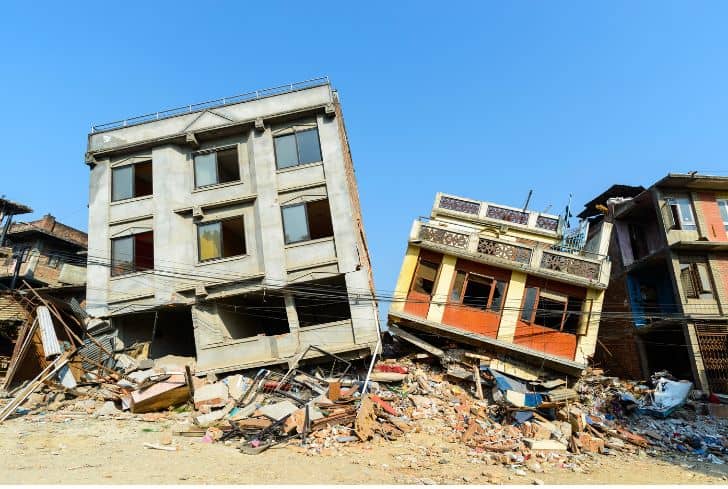
High-magnitude earthquakes can lead to a complete collapse of buildings. Debris from collapsing buildings is the main danger in the course of an earthquake because the falling effects of huge, heavy objects can be deadly to humans. High-magnitude earthquakes result in the shattering of mirrors and windows, which also present danger to humans.
Damage to Infrastructure
Earthquakes can cause electricity lines to fall. This is dangerous because the exposed live wires can electrocute humans or start fires. Major earthquakes can cause rupturing of roads, gas lines, and water pipelines. Broken gas lines can cause gas to escape. Escaping gas can result in explosions and fires, which may be difficult to contain.
Landslides and Rockslides
When an earthquake occurs, large rocks and sections of earth located uphill can be dislodged, consequently rolling rapidly down into the valleys. Landslides and rockslides can cause destruction and death to the people living downstream.
Can Result in Floods
High-magnitude earthquakes can instigate cracking of dam walls, collapsing in the long run. This would send raging waters into nearby areas leading to massive flooding.
Can Trigger Tsunamis
A tsunami is a series of long high sea tremors sparked by an earthquake or volcanic eruptions under the sea. It can wipe out an entire surrounding coastal area population. A typical example is the March 11, 2011, earthquake and tsunami that struck the coast of Japan, leaving more than 18,000 people dead in its wake.
Leads to Liquefaction
Liquefaction is a phenomenon where the soil becomes saturated and loses its strength. When sediments with high water content are subjected to constant trembling, water pressure in the sediment pores slowly increases.
Ultimately, the sediments lose almost all cohesive strength and start acting like liquids. Buildings and other structures built on this liquefied soil overturn or sink into the ground.
Earthquakes are responsible for most of the liquefaction occurring across the world. A typical example of the liquefaction phenomenon is the earthquake of 1692 in Jamaica that resulted in the devastation of the town of Port Royal.
How Are Earthquakes Measured?
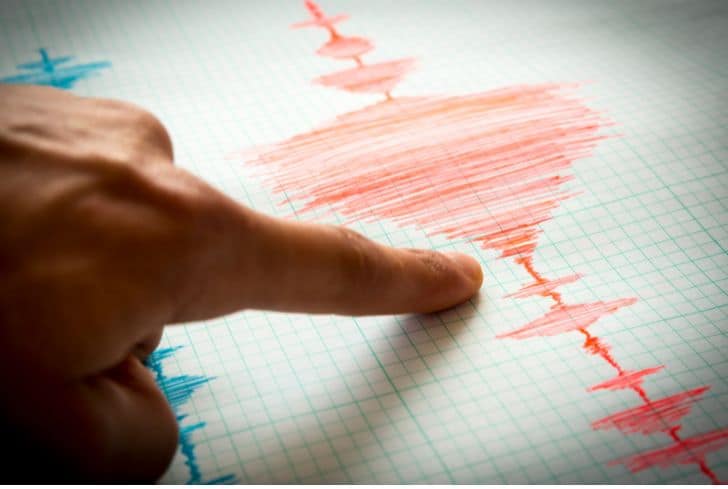
Earthquakes are measured by the amount of force or energy they produce. This is done through the Richter scale, a tool developed by Charles F. Richter of the California Institute of Technology.
You must have often heard or read about this tool in the news or on the internet. The Richter scale uses the information produced through seismographs to calculate the earthquake’s magnitude.
The magnitude of an earthquake gives you an idea of the effect of an earthquake.
Here’s how the scale gauges earthquakes:
- Earthquakes above 7 on the Richter scale are known to have a devastating effect and can cause severe damage to life and property.
- Those occurring below 3 on the Richter scale can’t be felt.
- Earthquakes whose measurement ranges between 3 and 6 are said to be of a mild type.
Countries like Japan are prone to earthquakes since they come in a high seismic zone. When an earthquake occurs in the sea, it paves the way for Tsunami. One of the most devastating tsunamis occurred in the Indian Ocean on Dec. 26th, 2004.
Can Earthquakes Be Predicted?
To date, scientists have not been able to predict earthquakes. Many modern techniques have been used, but unfortunately, none has worked. The development of a reliable mechanism for earthquake prediction could potentially lead to the preservation of numerous lives.
The only thing you can do is educate yourself about earthquake management and be vigilant in disasters. You can also take preventive measures by buying properties not located in known earthquake-prone areas or fault lines.
Earthquakes can happen anytime, and we will never be ready for them and their imminent danger. But with earthquake preparedness measures and awareness, it can make you alert and quick in making sound decisions in times of danger.
References:
http://earthquake.usgs.gov/learn/kids/eqscience.php
http://science.howstuffworks.com/nature/natural-disasters/earthquake.htm
